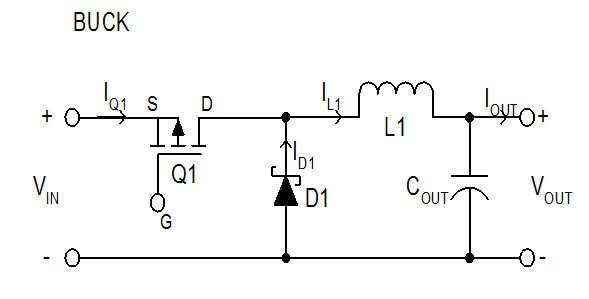Hi all , I am trying to design a Buck converter using a tool provided by TI "http://www.ti.com/tool/buck-convcalc" the only problem is that in the excel file there is a circuit diagram (shown below) and the diagram does not have input or output capacitor banks but values are being calculated for them (E-61 and E-76) (there is a Cout and a separate field in the excel file is calculating that E-58). I can assume that the Cin bank just go at the input between the Mosfet source and Gnd and the output bank is just in parallel with Cout but I need to be sure! any ideas?
-
Ask a related question
What is a related question?A related question is a question created from another question. When the related question is created, it will be automatically linked to the original question.


